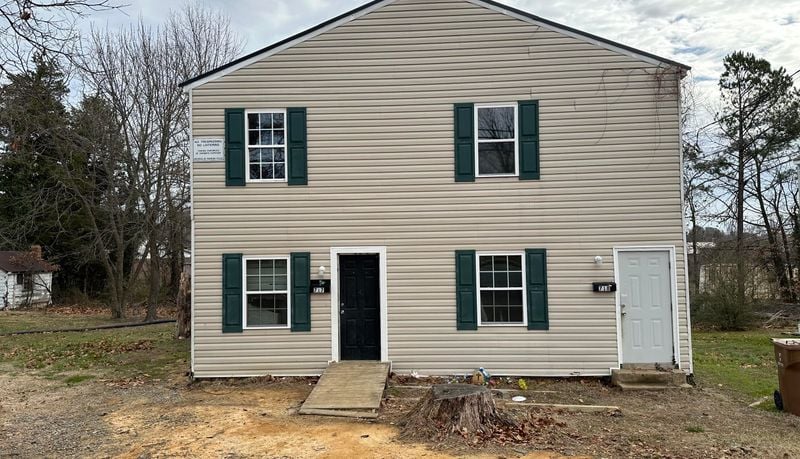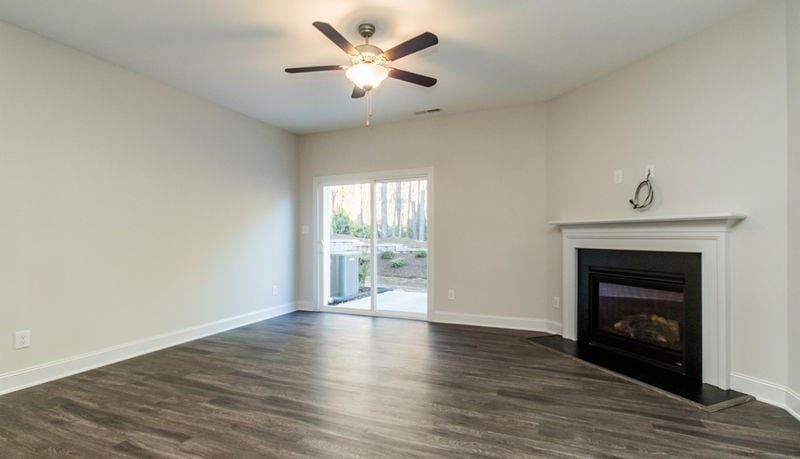New Construction Shows Signs of Life in May 2023
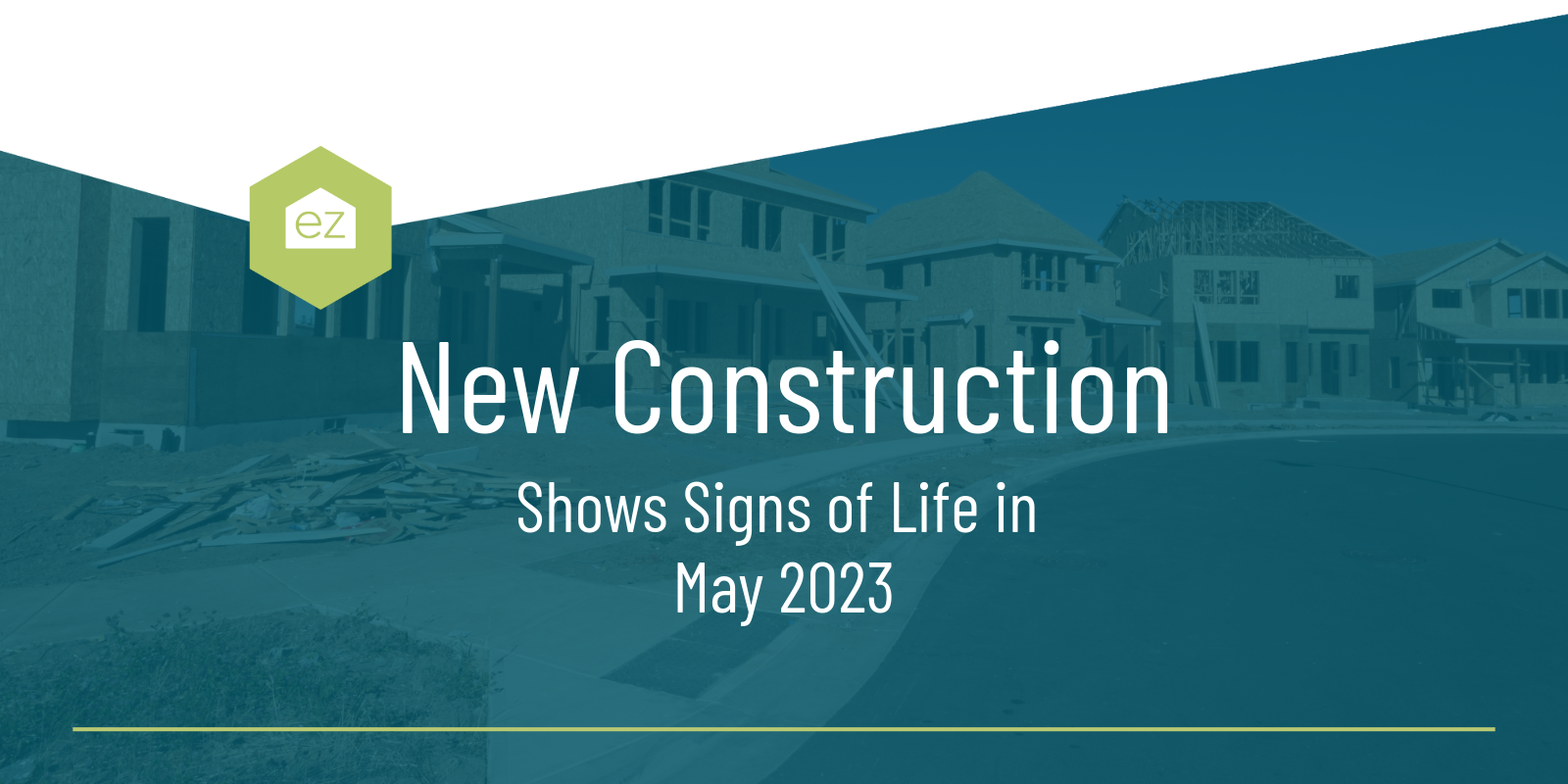
New Construction Shows Signs of Life in May 2023
With higher interest rates discouraging new listings, one area that could increase the housing market is new construction spending. New home builds expand supply, which can be great for home buyers who have been waiting on the sidelines. According to recent US economic data, there is some reason for optimism with new construction and spending, including a 21.7% boost to private-owned housing starts in May 2023.
But let’s take a deeper dive into the numbers to see what this means and what it suggests for the housing market in the latter half of 2023.
Reasons for optimism
New housing starts represent an effective way to look at new home construction. “New housing starts” may not sound like a particularly exciting statistic, but it refers to homes that have begun construction in a given period. And the data from recent US Census Bureau numbers suggest that new housing starts are taking off to begin the summer of 2023 after an early slowdown.
According to the US Census Bureau press release, private-owned housing starts in May at an annual rate of 1,631,000. This was remarkably 21.7% above the April estimate, revised to 1,340,000, and beat May 2022 by approximately 5.7%.
While high-interest rates may keep many homeowners sitting on an existing (and low-interest rate) mortgage, people who want to own homes are tired of waiting. As they explore options, some discover new construction isn’t as expensive as they thought. Home buyers either turn to home builders constructing master-planned new developments or buying their own land and custom building.
Homebuilders are also starting to respond to market pressures to meet housing demand. This will expand supply, which could help ease pricing pressure.
More new homes on the market in May
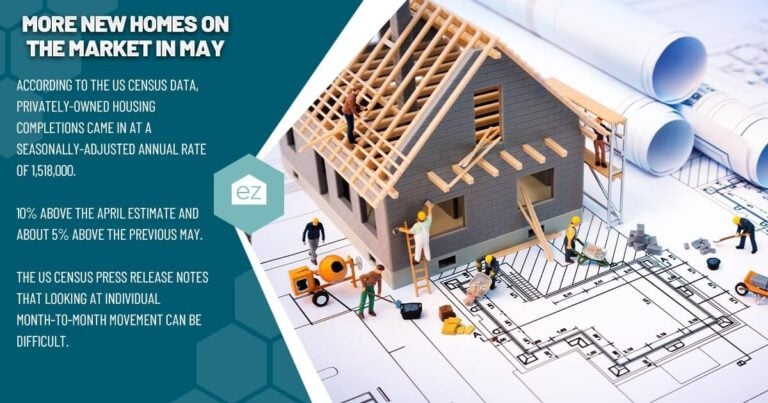
Housing completion is another stat worth looking at because it shows the pace of construction and how many permits have become occupied units. After all, a builder can hold onto a permit for months before starting construction.
According to the US Census data, privately-owned housing completions came in at a seasonally-adjusted annual rate of 1,518,000. That’s approximately 10% above the April estimate and about 5% above the previous May, which shows the same pattern as we saw in new housing starts. Once again, things are headed in an optimistic direction.
The US Census press release notes that looking at individual month-to-month movement can be difficult. It typically asks people to wait about three months before identifying key trends. Even so, both numbers presented so far suggest some reason for optimism. Looking at these numbers throughout summer 2023 could indicate that the housing supply will continue to grow and bring markets back into balance.
Building permits show growth
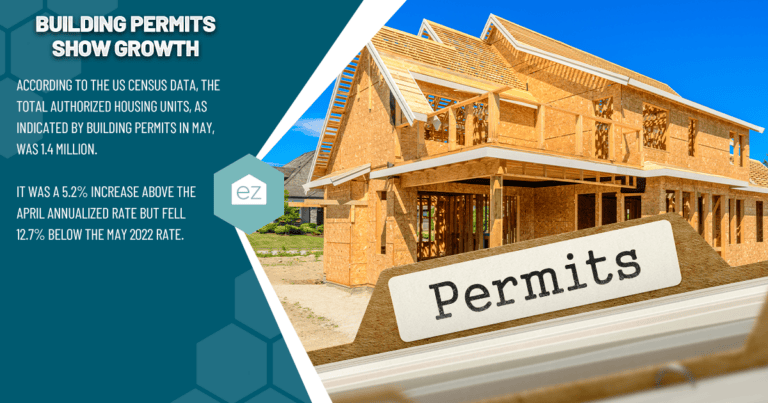
For signs of where new construction is heading, we look at the number of permits applied for.
According to the US Census data, the total authorized housing units, as indicated by building permits in May, was 1.4 million. This number differed from the other data. It was a 5.2% increase above the April annualized rate but fell 12.7% below the May 2022 rate.
This hints at some caution in the markets. Ideally, the building permits would be high, as it would indicate real estate growth and signal more housing units becoming available across the country. But with interest rates as high relative to recent years, it makes sense that some home buyers and those considering new construction are still on the fence.
Inflation is cooling
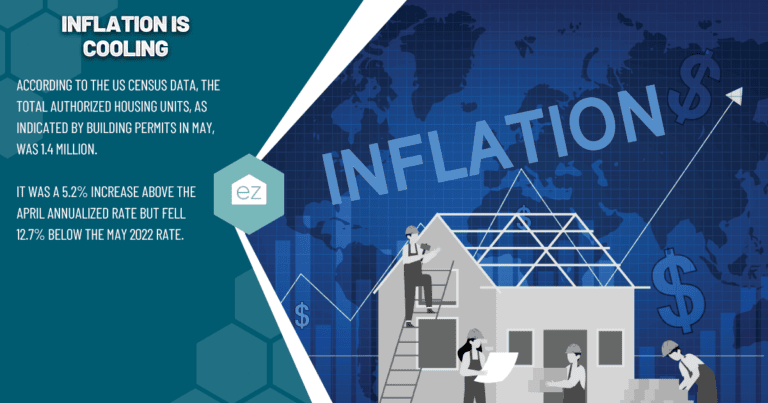
Looking at all of the economic indicators made public by the US Census Bureau can provide a glimpse at the housing market and the economy as a whole. The economy as a whole seems to be leveling off. Inflation numbers have been better recently, as shown in Consumer Price Index numbers that have cooled off a bit.
Federal Reserve Chairman Jerome Powell’s recent move was to pause its rate hikes as the inflation numbers decreased in the last few months. It appears to be the Reserve’s goal to see inflation rates decline back to 2%. We could realistically expect mortgage rates to come down at those rates, adding some flexibility to the home sales numbers, but it will take time for this to happen.
That may be why the economy seems to be waiting to see what happens next.
Right now, one thing is clear: there aren’t many incentives for homeowners to sell their homes and acquire a new mortgage at higher rates. But the uptick in new construction starts shows home buyers are taking things into their own hands. Whether May’s optimistic numbers become a summer-long trend remains to be seen.
Start Your Home Search
Preston Guyton
Share this Post
Related Articles
Real Estate Information
Your EZ Guide to Arkansas Property Taxes
Real Estate Information
The Role of a Buyer’s Agent in Real Estate Transactions
Real Estate Information
Who’s Buying What? Exploring Home Buyer Generational Trends
Real Estate Information




